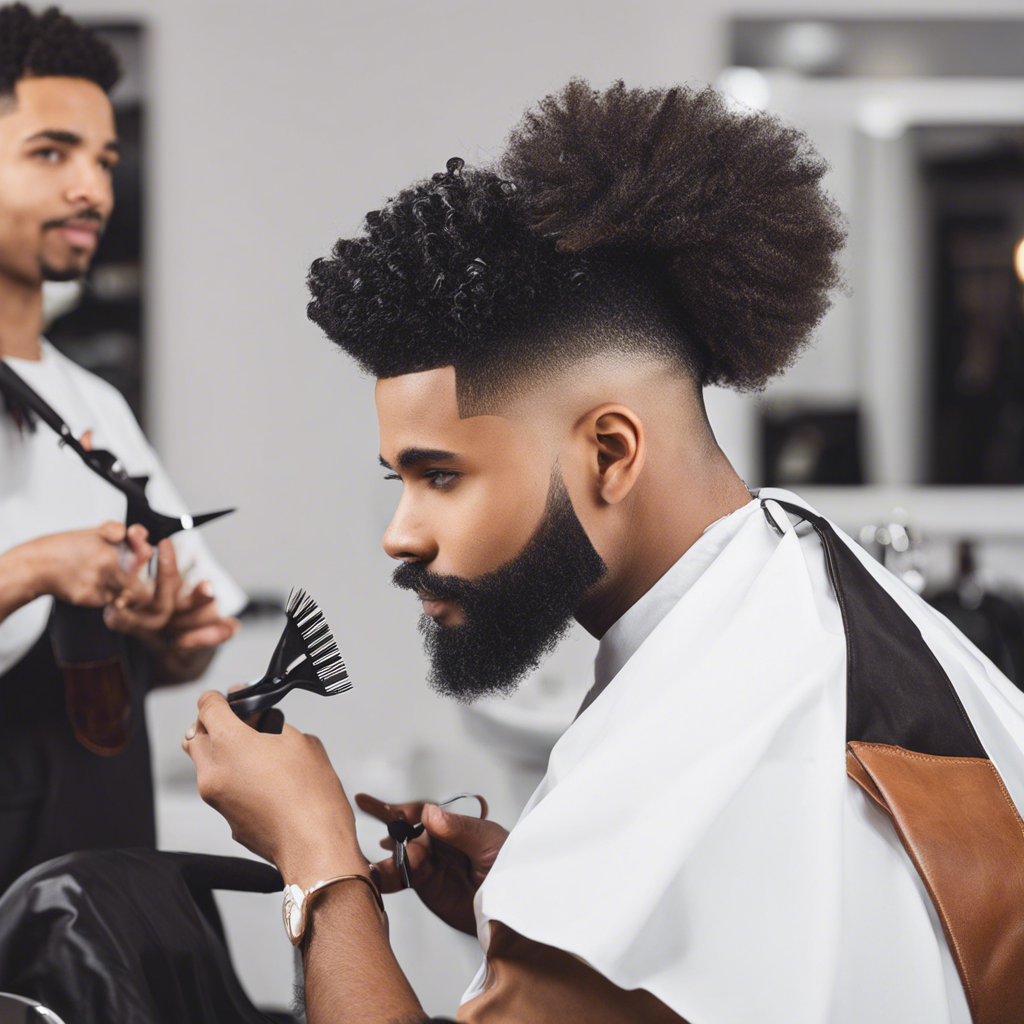The world of barbering is an art, and understanding the diverse landscape of hair types and textures is crucial for any barber worth their salt. From thick and curly locks to fine and straight strands, recognizing and working with different hair types is essential for creating tailored looks and ensuring healthy hair.
Every individual’s hair is unique, and it’s imperative for barbers to recognize this diversity. Hair types are generally categorized into four main groups: straight, wavy, curly, and coily. These categories are further differentiated by the texture and thickness of the hair strands. Straight hair, for instance, can range from fine and thin to coarse and thick, while curly hair varies in terms of curl pattern and volume. Recognizing these differences is key to devising cutting and styling strategies that flatter and enhance an individual’s unique features.
The curl pattern is a fundamental aspect of hair typing. Curl type ranges from loose waves (type 2 hair) to tight corkscrews (type 4 hair). These curl patterns inform the barber of the hair’s natural movement, bounce, and potential for volume. Understanding the curl pattern is crucial for determining the most flattering cuts and the appropriate styling techniques and products to enhance the hair’s natural texture.
Thickness and density also play a significant role in hair typing. Hair thickness refers to the individual strand diameter, while density describes the number of strands on the scalp. Fine hair has a smaller strand diameter, while coarse or thick hair has a larger one. Sparse density indicates fewer strands, while dense or thick density refers to a higher concentration of hair on the scalp.
Barbers must also consider the hair’s porosity, or its ability to absorb and retain moisture. Porosity is influenced by the structure of the hair cuticle, which may be tight and compact or open and raised. Hair with high porosity readily absorbs moisture but struggles to retain it, while low-porosity hair resists moisture absorption due to a tightly bound cuticle layer.
Additionally, recognizing the hair’s elasticity, or its ability to stretch and return to its original shape without breaking, is vital. Highly elastic hair can stretch up to half its length and is generally strong and healthy. In contrast, brittle hair with low elasticity tends to snap back quickly when pulled and is more susceptible to damage and breakage.
Understanding these key characteristics of hair types and textures empowers barbers to create tailored experiences for their clients. By recognizing the unique qualities of each head of hair, barbers can develop cutting, styling, and treatment strategies that cater to the specific needs and attributes of their clients’ hair.
In the world of barbering, embracing diversity and understanding the nuances of different hair types foster excellence in the craft. It empowers barbers to deliver not just flattering hairstyles but also healthy hair that shines from within. This knowledge forms the foundation for barbers to become trusted custodians of their clients’ hair journeys, guiding them toward looks that celebrate their unique traits.
